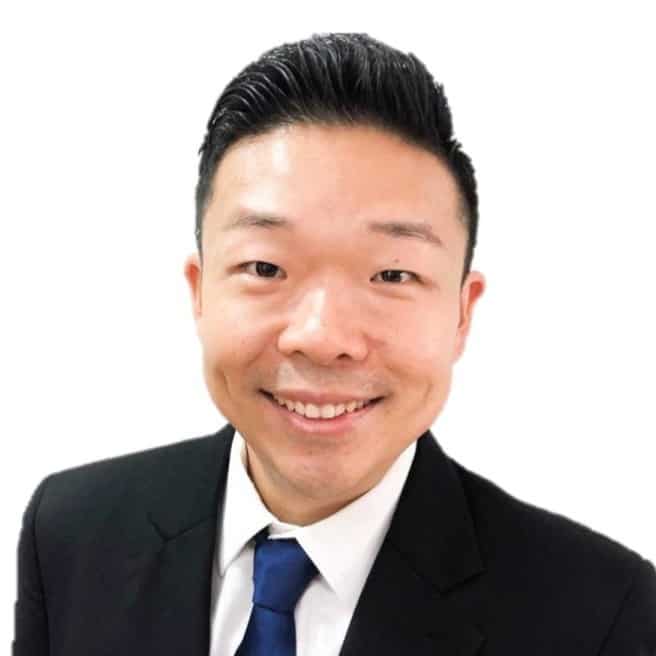Additive manufacturing is a process of creating three-dimensional objects by the successive addition of material (plastic, metal, ceramic, composite, or other material) as opposed to conventional manufacturing which is subtractive in nature. Today, new technologies, advanced industrial Additive Manufacturing (AM) equipment, and better performance materials are driving the productivity and reliability of AM-based production. This in turn has led to adoption of this technology by diverse range of industries including aerospace, energy, automotive, medicine, consumer products, and more which
On the surface it feels that it is easy to understand and adopt this technology as it only has seven technology groups. However with subtle variations of each process, system and the diverse requirements of the end user industries, identifying the right AM roadmap and keeping up with the development for organisations can be very challenging.
 As AM industry continues to expand, standards will play a key role in ensuring sustainable growth for this technology. To understand more about the benefits of standards and how the AM Community from Asia can participate in this process, we connect with Alexander Liu, Head of Additive Manufacturing Programs, Asia Region, ASTM International.
As AM industry continues to expand, standards will play a key role in ensuring sustainable growth for this technology. To understand more about the benefits of standards and how the AM Community from Asia can participate in this process, we connect with Alexander Liu, Head of Additive Manufacturing Programs, Asia Region, ASTM International.
Dr. Alex Liu is Head of Additive Manufacturing Programs – Asia region at ASTM International. In his role, he works closely with key organisations in Asia to curate AM programs that contribute and lead to standards development. He has a B.Eng in Mechatronics and Robotics Automation and a PhD in Mechanical Engineering, focusing on process and materials characterization for metal additive manufacturing. He has received and managed grants more than $10M and works closely with various industries and government agencies for establishing automation and communication within an AM set up. He is also a reviewer for Materials Characterization Journal and has co-authored more than 10 peer reviewed publications with more than 35 technical and business presentations around Asia. He has received a total of 10 awards and patents in the area of additive manufacturing.
Aditya Chandavarkar: What would be the first step to participate in the AM standards development process ?
Alexander Liu: There are several activities and initiatives in AM Standardization that present the opportunity for the AM community in Asia to participate in. These activities are all on a global scale and highly relevant in Asia. It is also a learning and networking opportunity by participating in these activities, in particular, the joint ASTM F42 and ISO TC 261 bi-annual meetings.
The most convenient and direct option for anyone in Asia to be plugged into the global AM network is to sign up for ASTM annual membership. The membership can be student (free), individual ($75), or organizational ($400). One of the benefits is that upon signing up, the member will select a volume number and receives a free volume of the latest Annual Book of ASTM Standards. An ASTM member can indicate the committee/subcommittee(s) he/she wishes to join. In the case of Additive Manufacturing, it will be F42 and its subcommittees. This is the first step in paving the way to participate in AM standards development. Beyond F42, the ASTM membership also allows participation in other committees on emerging areas such as F45 on Robotics, Automation, and Autonomous Systems, and committee F38 on Unmanned Aircraft Systems.
Aditya Chandavarkar: What are the benefits of becoming an F42 member ?
Alexander Liu: As an F42 member, one can register to join in person for the ASTM F42/ISO TC261 bi-annual meetings to meet AM technical experts. In these meetings, a member will be able to attend both ASTM F42 and ISO TC261 plenary meeting. It is an ideal way to get updated with the latest standards development work on AM. It also offers an opportunity for a member to indicate his/her interest to be a working group member for on-going areas of standardization. These meetings offer an avenue for members to also discuss and identify new areas of standardization such as AM Applications (F42.07) and AM Test Methods (F42.01).
Aditya Chandavarkar: What other activities can F42 members participate in ?
Alexander Liu: The F42 committee meets in person twice a year and there have been 24 meetings since 2009, with 10 meetings outside of the US. Till date, F42 meetings continue to attract huge interest and participation from the AM community. Besides the biannual meeting, members within each working group attend conference calls at least once every month. This practice has worked well in ASTM’s standards development processes. ASTM F42 frequently receives requests from members to hold meetings at various locations and figure shows the locations of F42 meetings since 2009.
After understanding how to be part of a global activity on AM standards development, you can contact Alex at [email protected] to be involved today.



